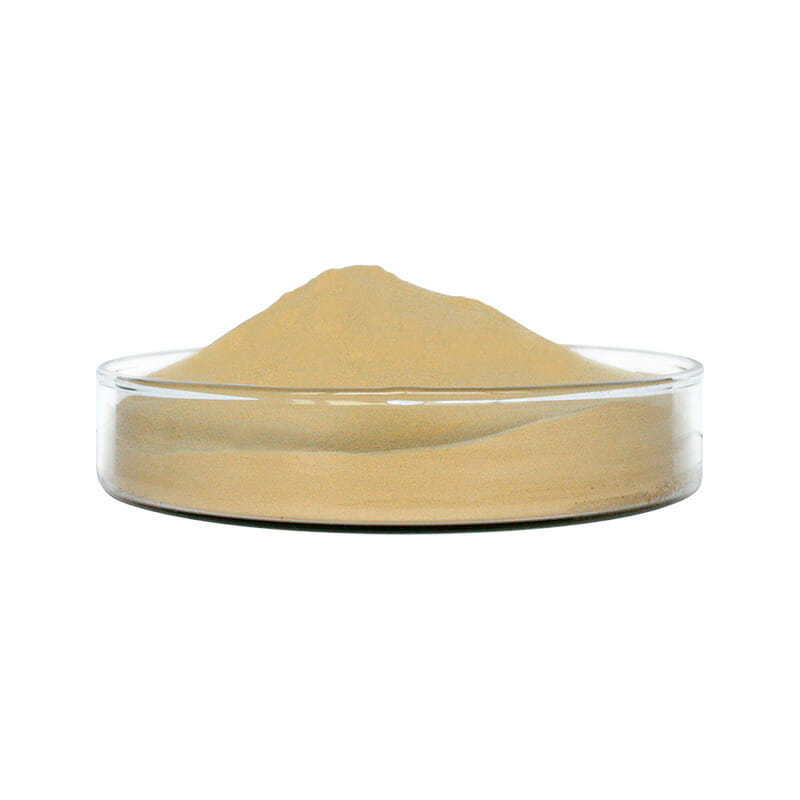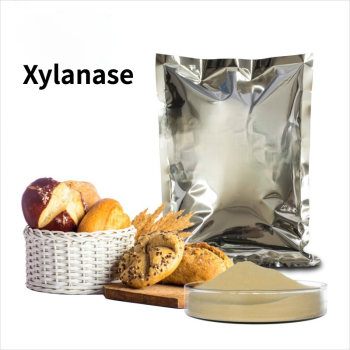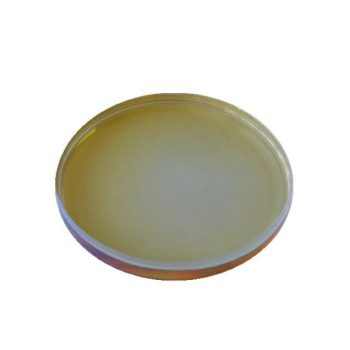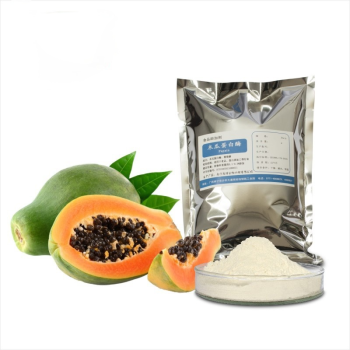Product Overview:
Extracted from the deep fermentation culture of selected Penicillium, followed by microfiltration, ultrafiltration, and vacuum freeze-drying technology.
A group of enzymes. It is mainly used to degrade xylan in plant cell walls to produce xylo-oligosaccharides and glucose, and is used in the brewing and feed industries. It is soluble in water, and the aqueous solution is a rice-broth colored liquid.
Introduction
Xylanases include β-1,4-endo-xylanase, β-xylosidase, α-L-arabinosidase, etc. It can degrade large amounts of xylan-like hemicelluloses present in nature. It hydrolyzes xylan into oligosaccharides such as small oligosaccharides and xylan disaccharides by hydrolyzing the β-1,4-glycosidic bonds of xylan molecules. The β-xylosidase catalyzes the release of xylose residues by hydrolyzing the ends of oligosaccharides, which together with the synergistic action of other enzymes eventually converts xylans to monosaccharides.
Applications
Plant extraction: Xylan is a heterogeneous polysaccharide found in plant cell walls, accounting for about 15%-35% of the dry weight of plant cells, and is the main component of plant hemicellulose. Xylanase can be applied to plant extraction and processing by decomposing xylan and causing the intracellular material to leach out. Compared with traditional methods, enzymatic extraction has the advantages of low temperature, high efficiency, and no pollution.
Chinese medicine extraction: The composition of Chinese medicine is complex, containing a variety of active ingredients, as well as ineffective and toxic ingredients. It is to extract the maximum amount of active ingredients to improve its therapeutic effect. Xylanase can gently break down the cell walls of many plants and release intracellular substances, thus facilitating the extraction, separation, and purification of active ingredients. This reduces the damage to the active ingredients and shortens the extraction time compared to traditional high-temperature and high-pressure methods.
Baking industry: Xylanase can hydrolyze the β-1,4-glycosidic bond in the polysaccharide bond of flour. Using xylanase to treat flour can increase the content of small molecules of sugar in the dough, increase yeast gas production, and thus improve the nutrition and quality of bread. The enzymes are also used to solve the problems of small size, light color, and easy aging.
Nutrient fortification: Xylanase can be combined with other cell wall degrading enzymes such as cellulase to help break down the cell walls of plant foods, making them more digestible and releasing nutrients more completely. It can be added to a variety of plant-derived nutraceuticals to improve effectiveness while promoting digestion and absorption.
Feed processing: Common livestock feeds such as grains, legumes, wheat, and processing by-products contain large amounts of hemicellulose. Xylanase can break down the non-starch polysaccharides (NSPS) of feed into oligosaccharides of smaller polymerization, thus improving feed performance. Adding xylanase to feeds can effectively improve the nutritional value of feeds and play a role in promoting weight gain in livestock and poultry.
Conditions For Use
Effective temperature range: 20-60°C
pH: 3.5-6.0
Optimum temperature range: 45-50°C
pH: 4.0-5.5
Other influencing factors: inhibition by oxidants, activation by reductive substances.
Addition amount: recommended addition amount 0.1—0.3%, depending on the type of substrate, concentration, reaction conditions, etc., the addition amount depends on the production situation.
Product Standard
The product complies with the Food Chemical Compendium (FCC), Food Safety National Standard GB1866.174-2016, xylanase preparation QBT 4483-2013.
Contaminant Limits And Microbial Indicators
| Item | Index | Testing Method | ||
| Lead (Pb)/(mg/kg) | ≤ | 5.0 | GB5009.75 or GB5009.12 | |
| Total arsenic (as As)/(mg/kg) | ≤ | 3.0 | GB5009.11 | |
| Total number of colonies/(CFU/g or CFU/mL) | ≤ | 50000 | GB4789.2 | |
| Coliform/(CFU/g or CFU/mL) | ≤ | 30 | GB4789.3 | |
| Escherichia coli bacteria | CFU/g or CFU/mL | < | 10 | GB4789.38 |
| MPN/g or MPN/mL | ≤ | 3.0 | ||
| Salmonella (25g or 25mL) | Must not be checked out | GB4789.4 | ||
Vitality Definition
1g enzyme powder (or 1ml enzyme solution) at 50°C, pH 4.8 conditions, 1min hydrolysis of 1% xylan solution to produce 1μg xylose is the amount of enzyme1 xylanase viability unit.
Storage
Sealed, protected from light, stored at low temperature, optimal storage temperature (2-8°C).
Reference: 24 months at 4°C airtight, 18 months at 15°C, 12 months at room temperature.
Enzyme preparation is a biologically active substance, which is susceptible to the inhibitory and destructive effects of heavy metal ions (Fe3+, Cu2+, Hg+, Pb+, etc.) and oxidants, and should be avoided during storage or use.
Storage for too long or under unfavorable storage conditions will reduce the enzyme activity to varying degrees; if the temperature and humidity are too high, it will be necessary to increase the usage amount appropriately during use.
Safety
Enzymes are proteins, and consuming enzyme-added foods is like eating foods containing proteins, which are generally good for you. For some sensitive people, direct ingestion of highly concentrated enzyme powder or mist droplets may cause allergy and prolonged exposure may irritate skin, eyes, and mucous membrane tissues. It is recommended to wear protective gears such as masks and eye protection during operation. Remaining or spilled enzyme powder should be disposed of in time, and a large amount of spilled enzyme powder should be gently swept back into the container, while a small amount should be vacuumed away or cleaned up by wetting with water.





